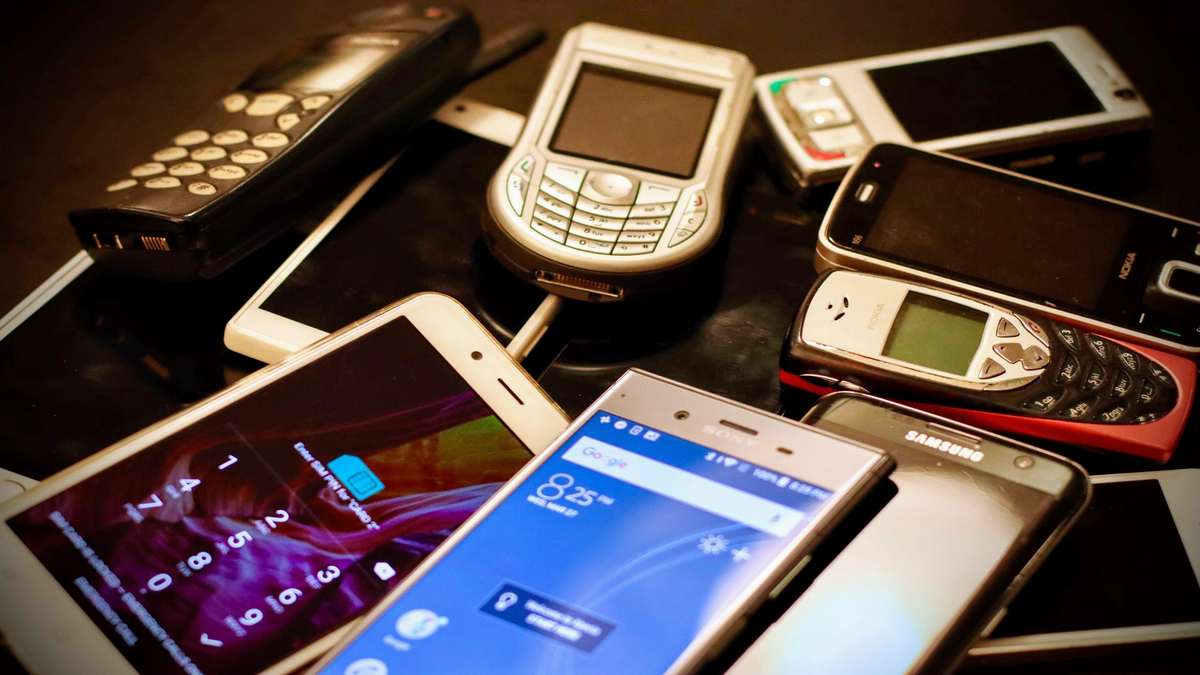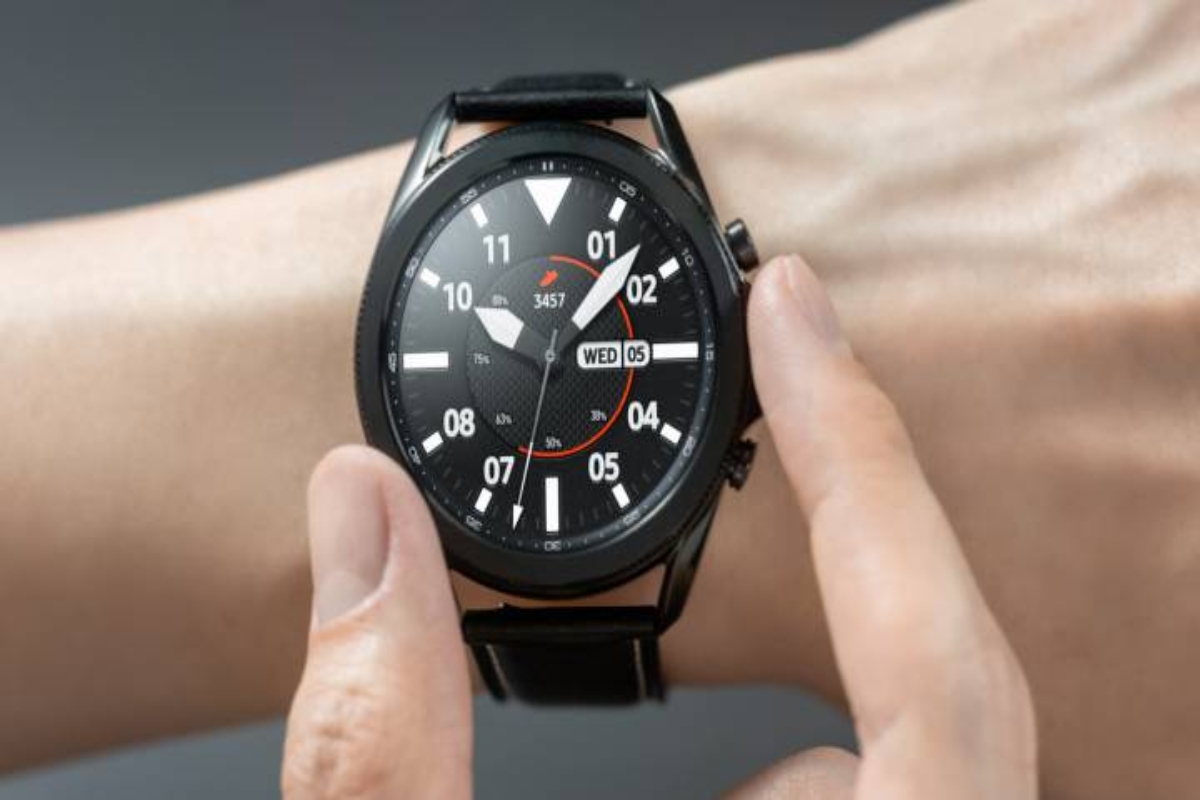The smartphone has revolutionized the realm of photography. Once dependent on bulky equipment, photography enthusiasts find powerful cameras in their pockets. This shift has democratized the art and enables amateurs and professionals to easily capture striking images. This article delves into the world of smartphone photography and offers insights to make the most of your device’s camera.
Understanding Your Smartphone Camera’s Capabilities
Smartphones have undeniably become a dominant force in photography. But what makes these pocket-sized devices stand out? Delving into the mechanics, the resolution is a fundamental aspect. Often measured in megapixels, a greater count usually implies clearer images. However, it’s crucial to remember that image quality doesn’t rely on resolution alone; the sensor size holds equal importance. Larger sensors can capture more light, ensuring vivid photos even in dim conditions.

Next comes the aperture, which controls the amount of light entering the camera. Most smartphones have fixed apertures. A lower ‘f’ number denotes a wider aperture, beneficial for low-light scenarios and achieving a shallow depth of field, giving portraits that professional touch with blurred backgrounds. Zoom capabilities are another feature to discern. Unlike optical zoom, which uses the lens for magnification, digital zoom expands the image itself – it leads to potential pixelation and quality loss.
Also, modern smartphones come with a suite of software-based features. From HDR mode to various filters for aesthetic enhancement and the ability to compress photos, these features offer numerous ways to manipulate images. Additionally, stabilization tools help steady shaky hands for sharp, clear results.
Techniques for Composing Striking Shots
Crafting a compelling image with smartphone requires more than just pointing and shooting. It’s about understanding the basics of composition. Here are several techniques that can elevate your mobile photography:
- Rule of Thirds. Visualise your frame divided into nine equal segments by two horizontal and two vertical lines. Positioning your subject along these lines or at their intersections can create a balanced and engaging shot.
- Symmetry and Patterns. Mobile screens offer a clear view of symmetrical structures or repeating patterns. Highlighting these can make for visually captivating images.
- Leading Lines. Roads, fences or the edge of buildings can guide the viewer’s eye through the image, drawing attention to the focal point.
- Fill the Frame. For subjects with intricate details, like flowers or faces, filling the frame can emphasize these nuances and eliminate distracting backgrounds.
- Play with Perspectives. The portability of smartphones allows you to easily change your vantage point. Try shooting from a low angle for a dramatic effect or from above for an aerial view.

Incorporating these techniques can transform ordinary shots into artistic creations. While each guideline offers a unique approach, remember that rules in photography, much like in art, are sometimes meant to be broken. The key is to experiment, practice and develop your unique style.
Essential Mobile Photography Accessories
Smartphone photography, while impressive on its own, can be significantly enhanced with a few essential accessories. These tools not only improve the quality of images but also expand the range of photographic possibilities.
For those who strive for sharp, blur-free shots, especially in low-light conditions, a tripod is indispensable. Modern tripods are compact and lightweight and often come with adjustable mounts suitable for various smartphone sizes. Handheld stabilizers can help achieve smooth, cinematic videos for capturing motion.
While smartphones boast impressive lenses, clip-on variants can further diversify your shooting options. From wide-angle and macro to fisheye lenses, these add-ons allow photographers to experiment with different perspectives without investing in a professional camera setup.
Natural light is a photographer’s best friend but isn’t always available. Portable LED or ring lights can illuminate subjects evenly, enhancing portraits and reducing harsh shadows.
A remote shutter can be a boon, especially when taking group photos or setting up shots with a timer. These small devices connect to phones via Bluetooth, allowing for hands-free shooting.
Equipped with these accessories, mobile photographers can overcome limitations, refine their craft and achieve results that rival traditional camera outputs.
Post-Processing on Your Device
In the digital age of photography, capturing the shot is just half the journey. Post-processing is essential in enhancing the raw image. With smartphones, the power to edit is at your fingertips, without needing hefty software on desktops.
Most smartphones come with built-in editing tools. Basic adjustments like cropping, rotating and tweaking brightness or contrast can breathe new life into a shot. Color correction tools help enhance vibrancy, adjust the temperature or add tints to set the mood.
For more intricate edits, numerous apps are available. Apps like Snapseed or Lightroom Mobile offer advanced tools, from selective edits to preset filters. These apps allow nuanced adjustments, from skin retouching to gradient filters for dramatic skies.
However, moderation remains key. Over-editing can strip an image of its authenticity, rendering it artificial. It’s essential to strike a balance, using post-processing not as a crutch but as a tool to enhance an already compelling shot.
Conclusion
Mobile photography has reshaped the boundaries of capturing moments. From understanding your device’s capabilities to harnessing the power of accessories and post-processing, every step holds the potential to transform an ordinary snapshot into a masterpiece. As smartphones continue to evolve, so does the realm of photography they offer.



